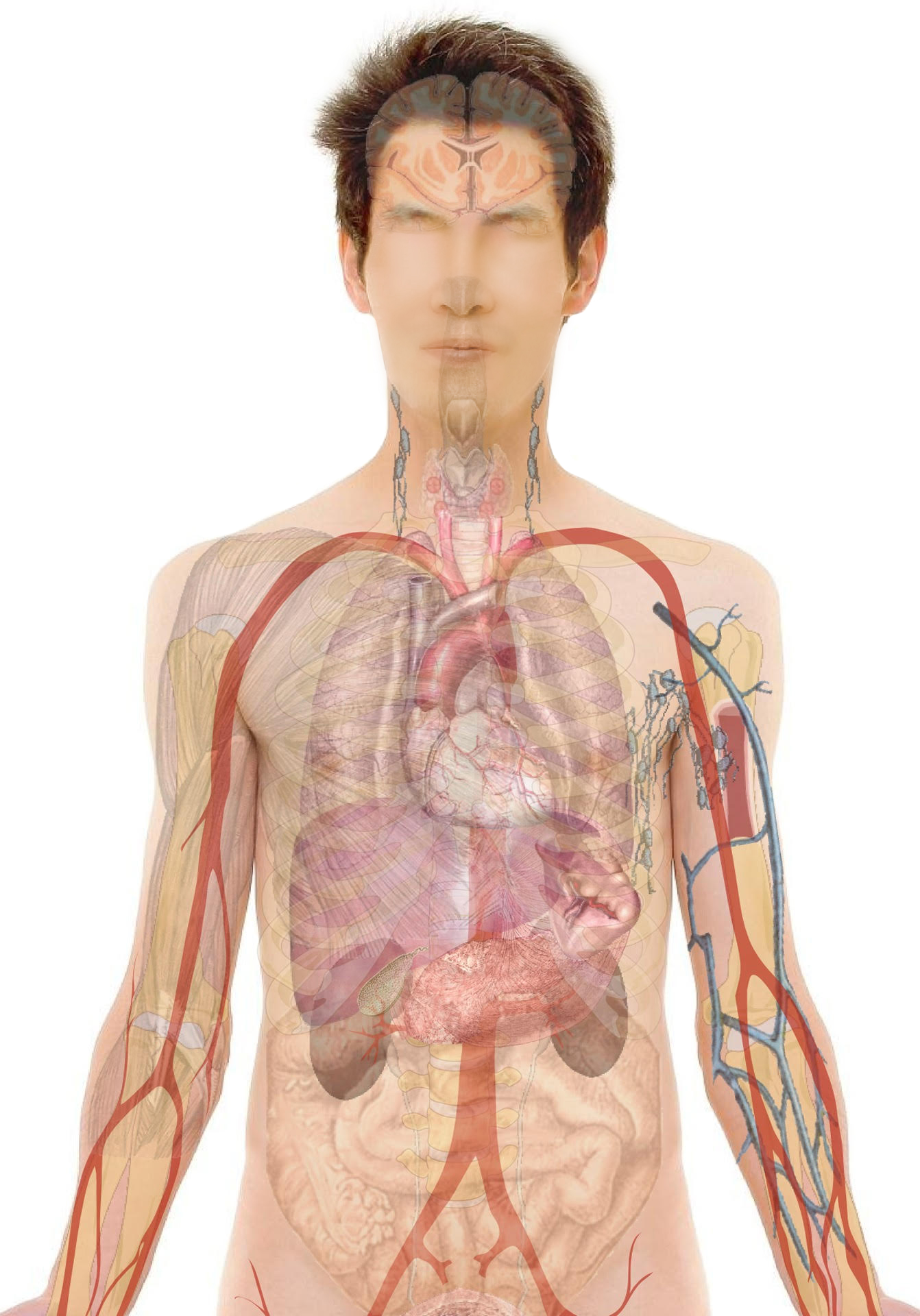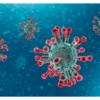Definition and Causes:
DEFINITION:
- Diabetes mellitus (DM) is a syndrome characterized by abnormally high levels of blood sugar (glucose)
- The hormone insulin is produced in the pancreas (an organ situated behind the stomach) and is required for body cells to absorb glucose from the blood
- Diabetes results from insufficient insulin production and/or the inability of insulin to induce the absorption of glucose into the cells
CAUSES:
There are three main types of diabetes mellitus: Type 1, Type 2, and Gestational.
- Type 1 is caused by an inability of the pancreas to produce required amounts of insulin
- Type 2 is caused by a resistance to insulin; cells do not respond to insulin well and therefore do not absorb enough glucose from the blood
- Gestational diabetes affects women during pregnancy (2nd – 3rd trimesters); hormonal effects during pregnancy can lead to insulin resistance
Symptoms:
A large number of symptoms are associated with all types of diabetes.
- Frequent/high volume urination
- Excessive thirst
- Skin numbness
- Excessive hunger
- Weight loss
- Fatigue
- Weakness
- Blurry vision (may occur with high level of blood glucose)
- Frequent urinary tract infections
- Frequent yeast infections
- Dry or very skin
- Poor wound healing
Type 1 Diabetes is usually present during childhood or adolescence and is characterized by the following:
- Nausea/ vomiting
- Abdominal discomfort
- Rapid breathing
- Muscle cramps
- Headaches
- Interruption of sleep to urinate
Type 2 Diabetes can develop at any age. Often associated with being overweight/obese. It is characterized by the following:
- Weakness
- Numbness or tingling in the extremities
- Blurred vision
- Excessive urination with excessive thirst
- Loss in muscle mass
- Often patient present with complications of high sugar levels, affecting different organs of the body such as kidneys, eyes, blood vessels, and nerves
Gestational Diabetes:
- Unusual fatigue
- Excessive urination
- Excessive thirst
- Blurred vision
Complications:
A number of complications can arise in patients suffering from both types of diabetes mellitus. The more prevalent ones are:
- Diabetic ketoacidosis
- Hypoglycemia (low blood sugar)
- Hyperosmolar/hyperglycemic state (high blood sugar)
a) Diabetic Ketoacidosis (DKA):
DKA is a complication that is more likely to develop in individuals with type 1 diabetes than those with type 2. It is considered a medical emergency and can be fatal if untreated. It evolves rapidly increasing sugar levels over a 24 hour period and is characterized by the following symptoms:
- Excessive hunger, thirst, and urination
- Nausea/vomiting
- Low blood pressure/altered heart rate
- Hypothermia or fever
- Very rapid breathing
- Fruity odor to breath (acetone smell)
- Kussmaul respirations (deep and labored breathing)
- Abdominal pain/intestinal blockage
- Poor skin turgor
- Decreased perspiration
- Fatigue
- Confusion/coma
b) Hypoglycemia:
This describes a state when an individual’s blood glucose level is too low. This can occur in diabetic patients through overuse or misuse of medications and insulin treatments. Effects range from moodiness to seizures and rarely, brain damage and death. Symptoms include:
- Hunger
- Shakiness
- Sweating
- Palpitations/fast heart rate
- Dizziness/lightheadedness
- Nausea
- Blurred vision/double vision
- Tearfulness
- Headache
- Drowsiness
- Confusion
- Slurred speech
- Anxiety/irritability
- Tingling
- Weakness/tingling and numbness of the skin
- Seizure/coma
c) Hyperosmolar/Hyperglycemic State:
Describes a state where blood glucose levels are too high. Can lead to dehydration and further complication. Symptoms are subtle and may develop over a few days:
- Excess urination, thirst, and hunger
- Nausea/vomiting/abdominal pain (less frequently)
- Weight loss
- Severe dehydration
- Low blood pressure/fast heart rate
- Low body temperature or fever
- Decreased reflexes
- Poor skin turgor
- Decreased perspiration
- Fatigue
- Seizures
- Hallucinations/speech impairment
- Involuntary eye movement/loss of some vision
- Paralysis of one side of the body
- Confusion/coma
Associated Condition(s):
Metabolic syndrome:
Diabetes is associated with a condition called Metabolic Syndrome. This condition is also referred to as Syndrome X, Insulin Resistance Syndrome, and Dysmetabolic Syndrome. Metabolic syndrome mainly occurs as a result of abdominal obesity and insulin resistance. Hence, individuals suffering from metabolic syndrome are at greater risk of developing diabetes and cardiovascular diseases. It is characterized by a number of metabolic abnormalities including:
- Abnormal amount of blood fat/cholesterol
- Hypertension (high blood pressure)
- Hyperinsulinemia (excess insulin in the blood)
- Insulin resistance
- Impaired glucose metabolism
- Small amounts of albumin (protein from blood) present in the urine
Investigations and Treatment:
INVESTIGATION:
Typical investigation of patients for diabetes mellitus involves discussion of patient history with lifestyle, physical, blood, and urine examination.
Patient history/lifestyle:
- Family history of DM and its complications
- Personal history of other autoimmune disorders
- Heart disease and its risk factors
- Weight changes
- Medication therapy
- Immunization
- Diet, including
- Total caloric intake
- Intake of sugar-containing foods
- Intake of saturated fat and cholesterol
- Timing of meals
- Physical activity
- History of hypoglycemic symptoms
- History of gestational diabetes (during pregnancy)
- Smoking, alcohol use
Physical examination:
- Weight
- Waist circumference
- Eye examination
- Blood pressure
- Foot exam
- Skin and nail examination
- Oral examination
- ECG and exercise stress tests
- Blood/urine tests
TREATMENT:
Diabetes is a chronic disease; there is currently no cure, as such the aim of treatment is to manage blood sugar levels and avoid further complications, through pharmacological (drugs) and non-pharmacological methods.
Type 1 Diabetes:
To avoid complications resulting from the disease, patients need to observe the following
- Insulin supplement/medication
- Insulin may be administered by injection or automated pump. The amount and type of insulin used depends on the patient’s particular needs. Typically “fast-acting” insulin is used before meals. In some cases, “long-acting” insulin may be used. Other medications may be prescribed to treat or prevent secondary conditions such as aspirin to prevent heart disease and stroke in patients deemed to be at high risk for these conditions. Influenza vaccination is recommended.
- Nutritional management
- Patients advised to follow strict guidelines concerning the timing and consistency of meals. Alcohol consumption should be limited; patients are advised to stop smoking.
- Patients are usually advised to follow these dietary guidelines:
- Carbohydrates (45-60% of daily energy requirement)
- Protein (15-20% of daily energy requirement)
- Fat (less than 35% of daily energy requirement)
- Vitamin and mineral supplement
- Exercise and weight management
- Frequent exercise helps lower blood glucose (as glucose is required for energy) and also helps maintain weight and muscle function.
- Blood glucose monitoring
- Is necessary to monitor blood sugar levels to detect any abnormalities that may lead to complications such as hyper/hypoglycemia and diabetic ketoacidosis (see above).
Type 2 Diabetes:
Management of type 2 diabetes is similar to type 1; patients will also need to comply with the following:
- Medications (oral blood glucose-lowering agents and/or insulin)
- Nutritional management
- Exercise and weight management
- Blood glucose monitoring
Gestational Diabetes:
Diet
- Individualized medical nutrition therapy (MNT) is recommended according to maternal weight and height
- Normal weight gain for pregnancy is recommended
- Spread caloric intake over the day, 3 meals / 3 snacks
- 1 of which should be at bedtime
- Should meet the nutritional requirements of pregnancy
- Avoid a severely calorie-restricted diet
Exercise
- Moderate exercise (if not contraindicated)
Diabetes Self-Management Education (DSME)
- Blood sugar testing before and after meals are recommended
Medications used in the treatment of DM:

Risk Factors and Prevention:
TYPE 1 risk factors:
Type 1 Diabetes is less common than Type 2, and usually appears more frequently in young children and adolescents. Known risk factors for Type 1 include:
- Family history: 1st degree relative (parents, siblings)
- If one member of a pair of identical twins has Type 1 DM, there is a 30-70% chance the other member will develop DM
- Presence of some environmental toxins (as yet not clearly established)
TYPE 2 risk factors:
Type 2 diabetes is more likely to develop in older individuals. The following is a list of factors that increase the risk of diabetes Type 2 development.
- Age ≥40 years
- Family history: 1st degree relative (parents, siblings)
- Race/ethnicity:
- American/Native American
- Hispanic
- Asian American
- African
- Pacific Islander
- History of abnormal blood glucose tests
- History of vascular disease
- History of gestational diabetes (GDM)
- History of delivery of a heavy birth weight infant >4 kg (>9 lb)
- High blood pressure >140/90 mmHg
- Abnormal blood cholesterol/fat level
- Obesity/overweight (body mass index >25 kg/m2)
- Polycystic ovary syndrome
- Active smoking
- Acanthosis nigricans
- Schizophrenia
Gestational diabetes risk factors:
Gestational diabetes occurs only in pregnant women. The following list indicates factors that increase the risk of occurrence:
- Active smoking
- Advancing maternal age
- Family history of diabetes mellitus in the first-degree relative
- History of abnormal glucose metabolism
- Low fiber and high glycemic index diet
- Non-white ethnicity
- Overweight or obese state
- Polycystic ovarian syndrome
- Prior gestational diabetes
- Approximately 80% chance of development in subsequent pregnancies
- Sedentary lifestyle (lazy, inactive)
Outcome:
Diabetes is a chronic and incurable disease.
Complications of the disease can be avoided by following physicians’ recommendations regarding:
- Diet
- Adopting a healthy lifestyle
- Exercise
- Medication use
- Self-monitoring to avoid complications of low or high blood sugar levels








